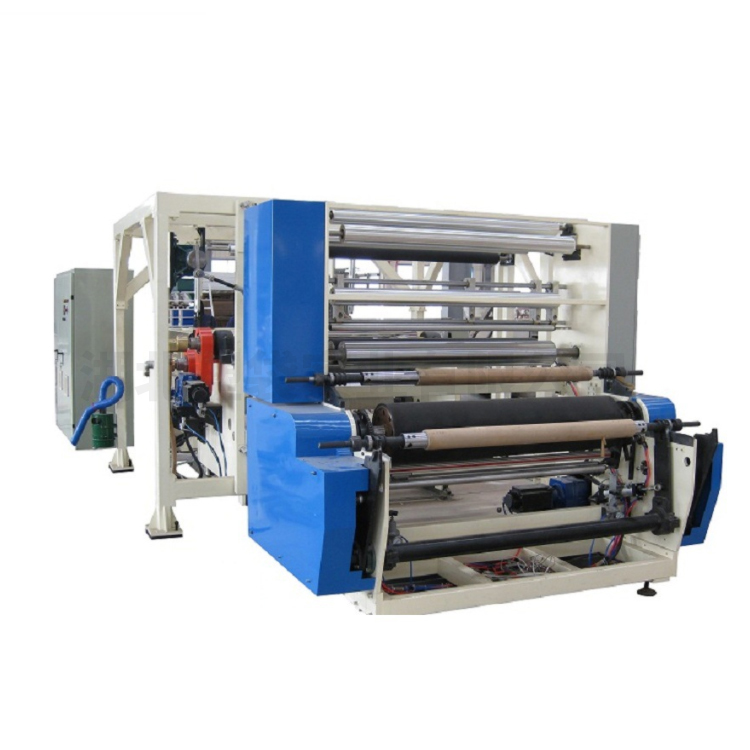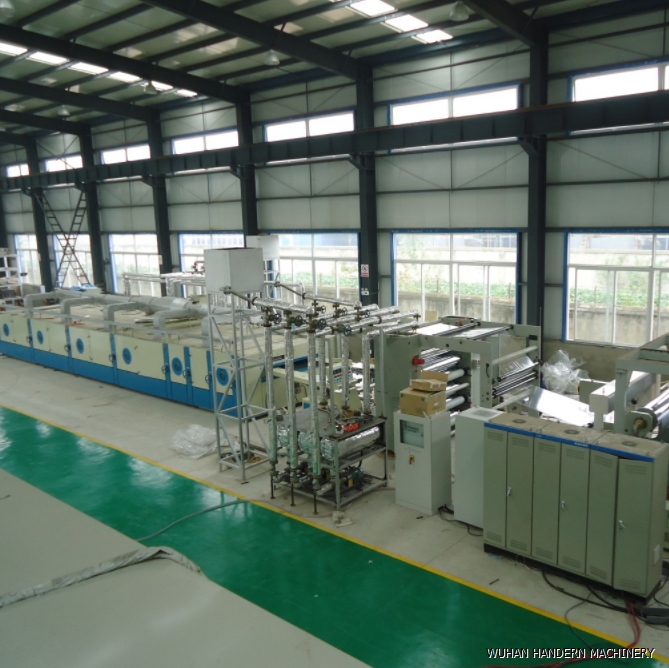What are the performance differences between uniaxial and biaxial stretched films
DATE:2024/11/7 10:09:24 / READ: / SOURCE:This station
Unidirectional stretching and biaxial stretching are two different processes in plastic film production, which have a significant impact on the properties of the film. The following are the main differences and performance characteristics of these two stretching methods.

Unidirectional stretch film
Unidirectional stretching refers to stretching a film in one direction (longitudinal or transverse). The advantages of this process are mainly reflected in the following aspects:
Strength: Unidirectional stretch film has high strength and rigidity in the stretching direction, and can withstand large tensile loads. This makes it perform well in applications such as packaging, bags, and protective covers.
Transparency: Unidirectional stretch films typically have good transparency, making the product visually more attractive and suitable for applications that require displaying packaging content.
Cost: Compared to biaxially oriented stretching, the production process of uniaxial stretching is relatively simple, with lower equipment investment and usually lower production costs.
Defects and Uniformity: During uniaxial stretching, there may be some defects within the film, such as weak transverse cross-linking, resulting in weaker strength in the non stretching direction.

Bi directional stretching is the process of stretching a film in two perpendicular directions, which can further enhance the performance of the film. Its main features include:
Mechanical properties: Biaxially oriented films have good strength and ductility in both longitudinal and transverse directions, with higher tear resistance and impact resistance. This makes it superior in packaging, boiling and heating, and other applications that require high strength.
Dimensional stability: Biaxially oriented films form more uniform molecular arrangements during the stretching process, which helps to improve dimensional stability and reduce shrinkage or expansion in high temperature or humidity environments.
Breathability and barrier properties: The molecular structure of biaxially oriented films gives them better barrier properties, which can effectively prevent the penetration of oxygen, moisture, and odors. They are suitable for use in fields such as food packaging and pharmaceutical packaging.
Wrinkle and wrinkle resistance: Biaxially oriented films have better wrinkle resistance, and can maintain their shape and performance even under high pressure and temperature, making them suitable for high load application scenarios.
It can be seen that there are significant differences in performance between films subjected to uniaxial and biaxial stretching. Unidirectional stretch films exhibit high strength and cost-effectiveness in the stretching direction, making them suitable for some basic packaging needs. On the other hand, biaxially oriented films exert balanced force in multiple directions, exhibiting excellent mechanical properties, dimensional stability, and barrier properties, making them more suitable for applications with high performance requirements. Therefore, in specific applications, the appropriate film type should be selected based on product requirements and performance requirements.
Author:admin




